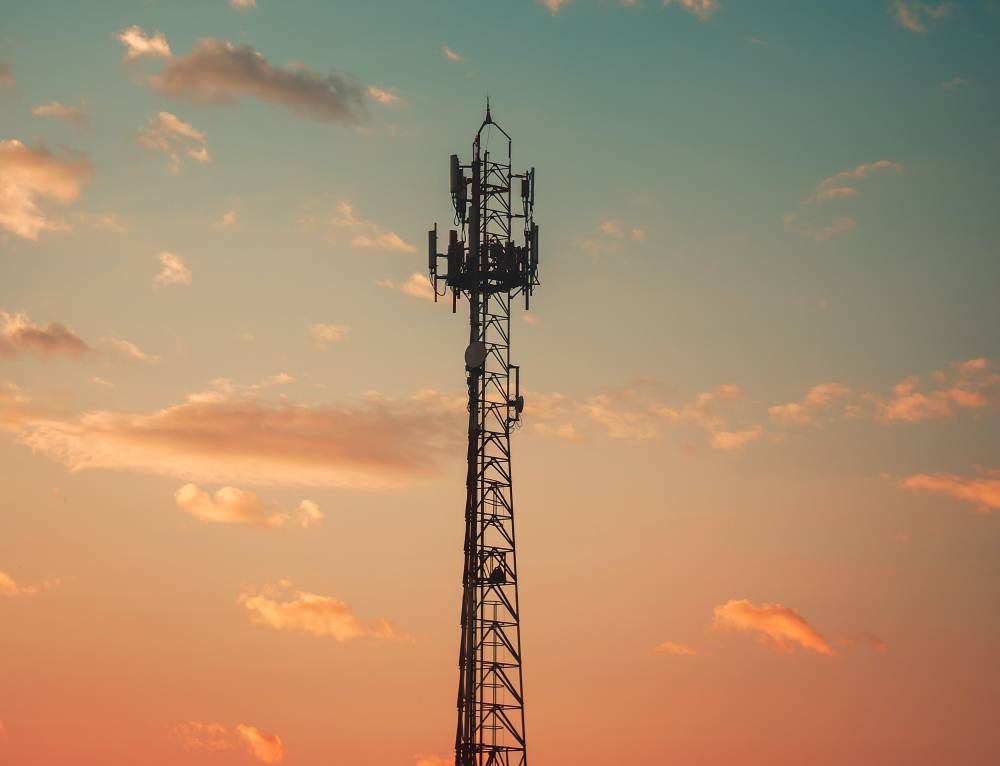We often hear 3G, 4G and 5G being discussed in the media or advertised when looking to sign up to a new mobile plan but what we have found is most of our customers have no idea what the difference are!
In this blog, we'll dive into the basics of what these technologies are all about, and how they've transformed the way we communicate, stream our favourite shows, and stay connected with our friends and family.
In this blog, we'll explore the basic differences between these generations: their capabilities and how they have revolutionised the way we communicate, stream and stay connected.
3G
3G refers to third-generation cellular technology which was first introduced at the turn of the decade in in 2001 – also when the online encyclopedia Wikipedia was launched!
It offered a significant improvement over the previous generation of cellular technology, 2G, in terms of speed and data capacity. 3G was capable of data speeds of up to 7 Mbps, which was fast enough to support streaming basic music and video.
3G networks brought improved voice call quality, reduced background noise, and enhanced call reliability. 3G also networks introduced basic data services such as mobile internet browsing, emails and multimedia messaging (MMS).
Providers are transitioning away from 3G technology as it is replaced by later generation network roll-outs. Telstra's 3G network is scheduled to be closed down in mid-2024,
4G
First introduced in 2009 (when Susan Boyle become a household name #GoogleHer), 4G or fourth-generation cellular technology, offers even greater speed and data capacity than 3G, with typical 4G download speeds today range from 5 up to 100 Mbps, depending on various factors such as location, network congestion and device capabilities.
This is fast enough to support streaming HD video and enable more responsive real-time applications like video calls and online gaming.
4G also enabled users to create mobile hotspots, sharing their high-speed internet connections with other devices, such as laptops or tablets.
5G
The latest technology on the market in Australia – 5G or fifth-generation cellular technology – offers ultra-high-speed data transfer and significantly improved performance, especially in crowed areas where there are large numbers of connected users. 5G can support streaming 8K video and downloading entire episodes in seconds.
In addition to speed, 5G also offers lower latency than 4G. Latency is the time it takes for data to travel from one point to another.
Lower latency means that 5G is better suited for applications that require real-time communication, such as online gaming and virtual reality.
5G’s low latency is also essential for real-time responsiveness in applications like autonomous vehicles, remote surgery and smart city infrastructure.
5G also opens doors to a wide range of transformative technologies, such as self-driving cars, advanced healthcare services and smart homes.
Still ramping up in terms of its deployment, 5G is expected to become the dominant cellular technology in the years to come, offering its users an even faster and more reliable way to stay connected.
So there you have it, a brief overview of the different generations of cellular technology.
Note: The network capability of More’s 5G plans has access to download speeds up to a speed cap of 250Mbps on 4G and 5G. When connected to 5G, typical download speeds are 10Mbps up to the speed cap of 250Mbps, while when connected to 4G typical download speeds are 5Mbps to 180Mbps. Upload speeds on 4G and 5G will typically be 1 to 40Mbps. On 3G, typical download speeds are 1.1 to 20Mbps and typical upload speeds are 300kbps to 3Mbps.The network capability of More’s 4G plans has access to download speeds of 10Mbps up to a speed cap of 100Mbps on 4G. Upload speeds will typically be 1 to 40Mbps. On 3G, typical download speeds are 1.1 to 20Mbps and typical upload speeds are 300kbps to 3Mbps.







